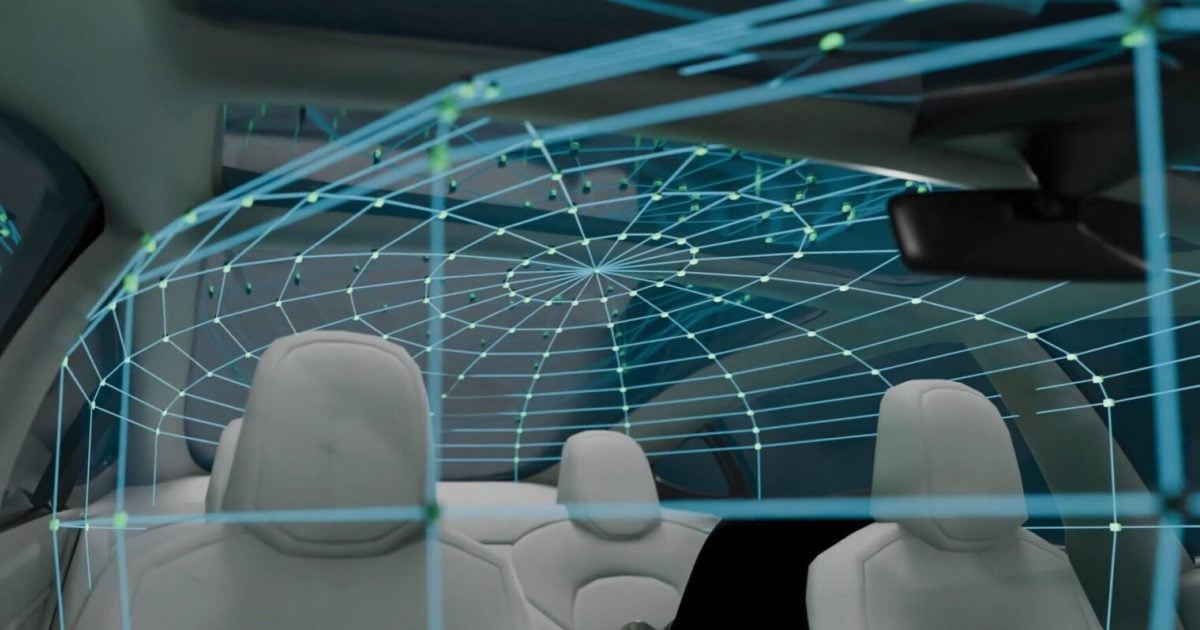
Connected devices have changed the way we live. The ever-evolving tech landscape has created a barrier-free and connected world, simplifying our day-to-day lives in ways we couldn’t have imagined just a decade ago.
Most people can point to specific examples of IoT’s influence in the consumer space, but how many can identify its impact in the workplace? In recent years, the modern-day office has become a smart workplace, as new technologies are using sensors to provide unbiased data to help businesses understand their current workplace needs, reduce complexities and plan for the future. With these advancements, businesses have never been so empowered to make informed decisions based on objective data regarding their furniture, real estate and arguably their most important asset – their people – to get the most out of their investments.
Here’s a closer look into the role IoT is playing in workplace design and how businesses are already benefiting.
Understanding the Technology
As the modern workplace has evolved, progressive enterprises have invested in new IoT platforms that use minimal footprint wireless sensors to acquire and analyze real-time data – including space utilization, utility and asset usage. These platforms then use the results to provide custom solutions for businesses to understand how current and shared spaces are being used, while providing clear insights into opportunities to cut costs. Installing and implementing these platforms is simple, requiring little to no change to the daily routines of employees. In most cases, staff are simply required to wear a badge around the office space to show collaboration patterns and create efficiencies.
Cutting Costs
You may think you already have a clear understanding of your workplace operations, but IoT can provide insights the human eye simply can’t. When it comes to optimizing a workplace, understandably, a lot of the focus should be put on the people working in it. Actively disengaged employees will result in lost production, which can prove to be very costly for businesses. In addition to the need for staff to feel engaged, businesses need to be cognizant of how these employees operate within a space to maximize efficiencies. Any unused area and assets – including furniture, fixtures and equipment – can be a significant and unnecessary expense to a business.
Designing with Data
This is where measurable data comes into play. Proximity is everything when it comes to job satisfaction and productivity. Employees who feel heard, included and appreciated in a process tend to feel satisfied with their work, and as a result, are generally more willing to collaborate with colleagues. Businesses using IoT can better understand where employees spend their time and who they spend it with, and as a result, can make confident decisions to adjust their existing workplace setup, a stark contrast from using old methods like employee surveys.
These results will also provide hard data on which spaces and assets – from conference rooms to workstations – are being utilized and how. According to a Senion survey, an estimated 60 percent of office workers spend an excessive amount of time searching for available conference rooms. If results indicate large conference rooms are often occupied by smaller groups of employees, schedules and booking practices can be changed to reduce time spent looking for meeting space.
The Workplace of the Future
To optimize operations, business owners need to truly understand how their employees work. The age of employee surveys is behind us, as businesses now have the ability to make confident, data-based decisions for how to allocate resources. Through analytics, businesses can connect their people, understand existing assets and optimize spend to create a frictionless workplace experience.
About the author: Gloria Rose is Director of Enterprise & Channel Partnership Sales at Tapdn, a new IoT platform mobilized by CORT, a Berkshire Hathaway Company. Focused on fostering growth in IoT, Tapdn provides sensor-driven data insights to push innovation forward and seamlessly connect people and objects in any environment. For more information, visit www.tapdn.com.
Edited by
Ken Briodagh





